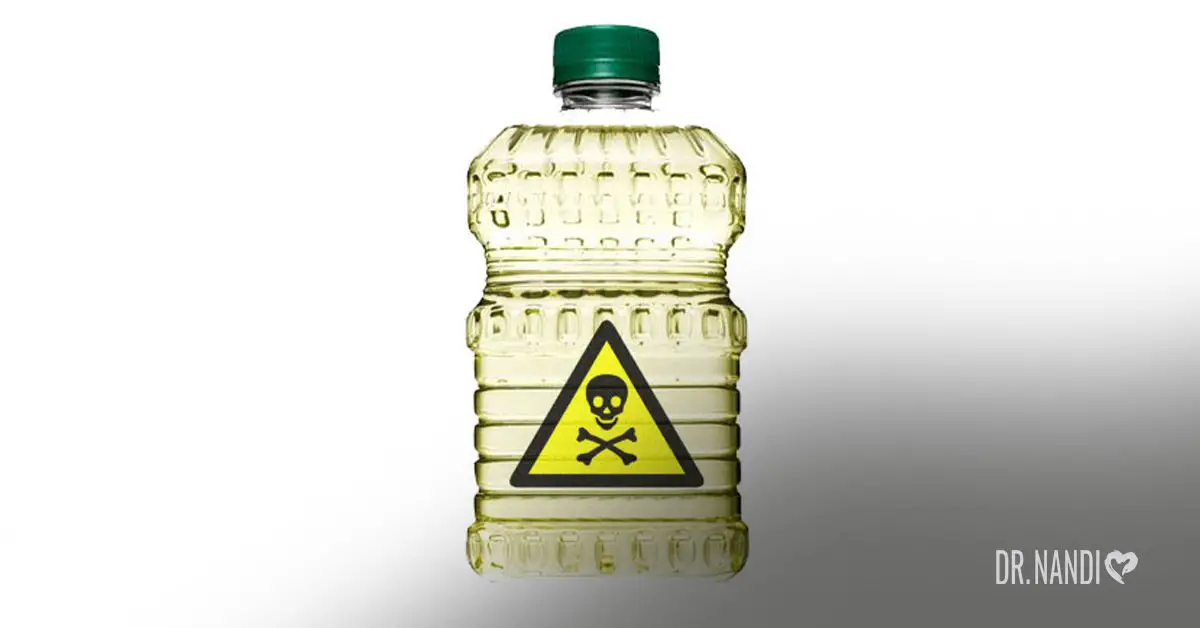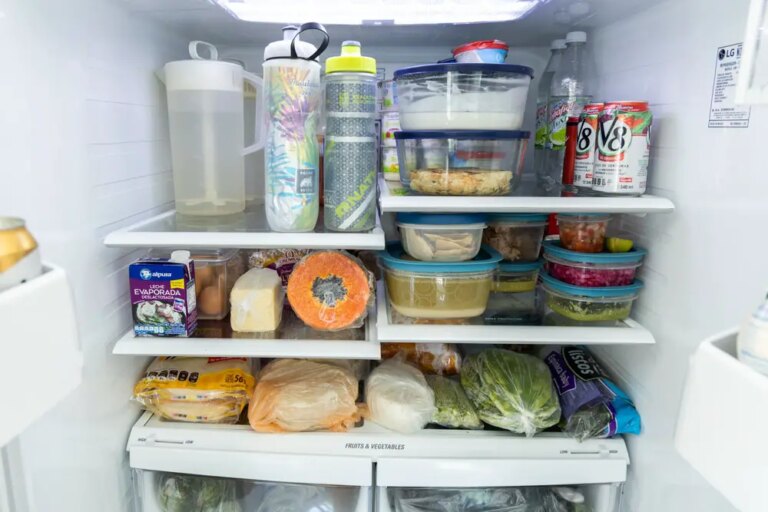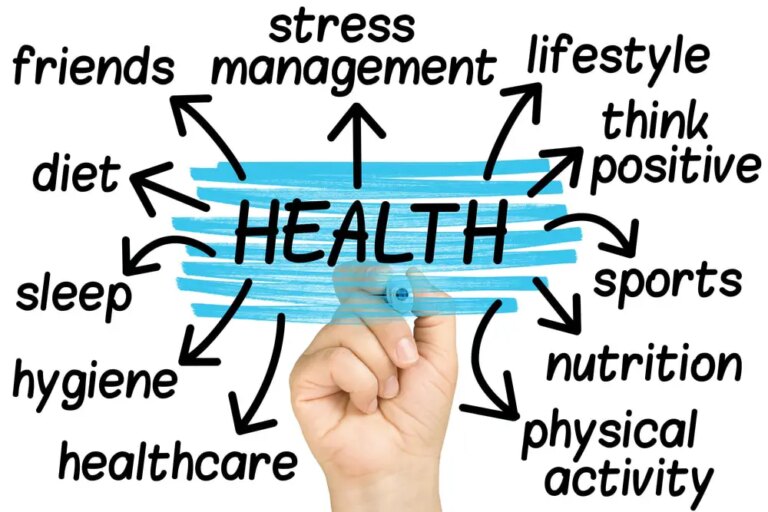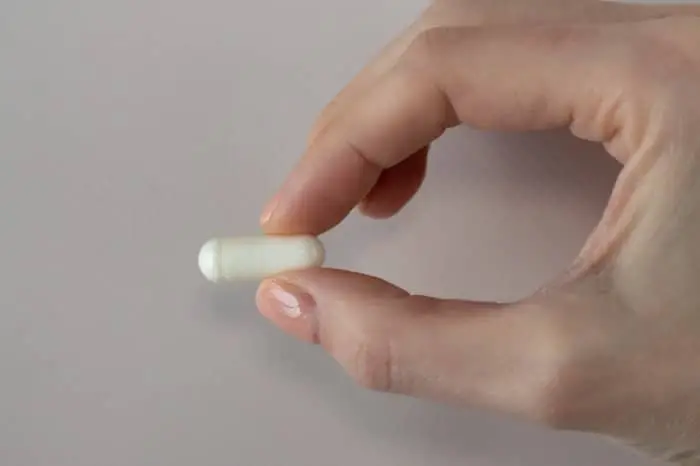If we’re being honest, healthy dieting is a nightmare in today’s world. The grocery store isles are lined with frozen dinners, processed ingredients, and junk food. Even the healthy food isles are shockingly lacking in nutrition.
And trying to decipher labels only seems to make things even more confusing and frustrating, especially to the untrained eye. What does all of it mean? What should I include and avoid in my diet? How can I really be sure that I’m buying whole foods without toxic ingredients?
Well my friend, don’t despair because you’re about to find out.
The Downfall Of The American Diet
Although it sounds too good to be true, there was a time when the American diet consisted of mainly whole foods and even home-grown foods. No pesticides, no herbicides, no GMOs, just your classic fruits, veggies, and free-range livestock. Now that is the life!
Over time, however, the American diet became influenced by large industries and manufacturers wanting to save money, time, and resources. Food began to be more about making a profit than keeping you healthy and with all the misleading advertisements and media, people began to forget what a truly healthy diet even looked like.
In today’s day and age, although lots of people are better informed about the importance of healthy dieting, it is still getting harder and harder to sift through all the unhealthy and processed foods in order to get to the really good stuff.
But trust me, you are not alone in the struggle! And there is a safe path through the ferocious jungle of the grocery store.
The Worst Offenders Of Processed Foods
The most important thing you can do to improve your diet is to avoid processed foods, especially those with extremely toxic ingredients.
So what is processed food anyway? Processed food is basically any food that has be dehydrated, canned, or has had any chemicals added to it. And for the United States, processed foods actually make up about 60% of the average person’s diet. You heard right! Most people are getting over half of their daily calories from processed foods.
While the ideal dieting goal would be to bring that 60% all the way down to 0%, the difficulty of completely ridding your diet of processed foods is understandable. But don’t give up hope just yet!
In the meantime, the most beneficial thing you can do for your health and diet is to be aware of the ingredients that are the worst offenders and avoid them at all costs. Here are a few examples.
Partially Hydrogenated Oil Toxic Ingredient
Partially hydrogenated oil is a trans fat that you will definitely want to watch out for when checking your labels. You’ll find it most often in fried foods, packaged crackers, cookies, cakes, non-dairy coffee creamers, cake mixes, pancake mixes, microwave popcorn, vegetable shortening, and margarine. Partially hydrogenated oil can raise your bad cholesterol (LDL) levels, lower your good cholesterol (HDL) levels, and increase the risk of developing stroke and heart disease.
Sodium Nitrates and Nitrites Toxic Ingredient
Sodium nitrates and nitrites are salt preservatives. They are most often found in processed meats such as hot dogs, bacon, and lunch meats. This ingredient is believed to cause colon cancer and metabolic syndrome, which can lead to diabetes. So be on the lookout for this ingredient while you’re pursuing the meat aisle.
High Fructose Corn Syrup Toxic Ingredient
High fructose corn syrup (HFCS) is actually an incredibly common added sweetener. It is most often found in commercial baked goods including bread, cookies, cakes, ketchup, and unfortunately most other processed foods that you can imagine. The real issue with this ingredient is that it gets metabolized directly into fat, increases cholesterol, and has been linked to an increase in diabetes and obesity. While the name may seem rather harmless, it’s best to avoid any foods that contain this ingredient.
These ingredients are just a few examples from the list of toxic ingredients and worst offenders. If you want to see the rest of the worst offenders, download the entire Toxic Ingredients Guide! The full list also includes a wallet-sized guide that you can keep handy in your wallet for every impromptu grocery trip.
So What CAN I Eat?
As I mentioned before, the best kind of diet is one made up entirely of whole foods. But what does “whole foods” mean exactly?
The best definition of whole foods is foods with just one ingredient. So fresh fruits and vegetables such as apples, carrots, and cucumbers, or un-processed meats such as chicken and turkey. One ingredient is all you need. And really, it’s just that simple!
Buying organic foods is also a great way to ensure that what you’re eating is free of pesticides and GMOs, and full of real nutrients. Organic foods have proven to be extremely nutritious and can in turn be beneficial to your mental and physical health.
But if you feel that completely ridding your diet of processed foods like crackers, cookies, and hotdogs just isn’t going to happen, that’s okay. Moderation is always the key. The most important thing is to be aware of and avoid the most toxic ingredients in order to avoid undesirable consequences.
The Healthy Choice Is The Best Choice
Although the general American diet really isn’t helping with your dieting goals, all hope is not lost. Becoming more informed about the foods around you is the first step to a healthier lifestyle. And with your newly-trained eye and your toxic ingredients guide, you’ll be able to face every aisle in the grocery store with confidence, knowing you’ll come out on top!
A good rule of thumb that’s easy to remember is that if you can’t pronounce what’s on the label, then you probably shouldn’t eat it. I mean, would you really want to eat it if you don’t even know what it is? Remember, one-ingredient foods are best!
So download your guide, take it with you out to lunch and to the grocery store, and start your new healthy and happy lifestyle today by avoiding these toxic ingredients and choosing a whole foods diet. If you can make the healthy choice in the grocery store, you’ll make the right choice in the kitchen!

My Personal RX:
As your guide through the complex world of nutrition, here are some actionable steps you can take towards a healthier lifestyle, based on the article’s content and my personal recommendations as a doctor:
- Limit Intake of Processed Foods: Start reducing your processed food consumption gradually, aiming for the goal of zero percent. Remember, real foods contain just one ingredient.
- Read Labels Diligently: Look out for partially hydrogenated oil, sodium nitrates and nitrites, and high fructose corn syrup. These are toxic ingredients often found in processed foods.
- Buy Organic: Opt for organic foods wherever possible, as they are generally free of pesticides and GMOs and are nutrient-rich.
- Moderation is Key: If completely eliminating certain foods feels too challenging, start with moderation. Strive to eat less of the processed foods you love, and gradually phase them out of your diet.
- Education is Essential: Knowledge is power. The more you know about the foods you’re eating, the better choices you can make. To help, download a free copy of my Toxic Ingredients Guide. This tool will empower you to identify harmful ingredients quickly and efficiently.
- Boost Your Liver Health: Consider taking my recommended Liver Supplement. Your liver plays a key role in removing toxins from your body. By supporting your liver health, you can better detoxify your body from harmful substances found in processed foods. Studies have shown that certain supplements, including milk thistle, artichoke leaf, and turmeric, can support liver health and help the body eliminate toxins more effectively.
Remember, each small change you make towards healthier eating can have a significant impact on your overall health. Don’t be discouraged if progress feels slow. Every step in the right direction counts!



















